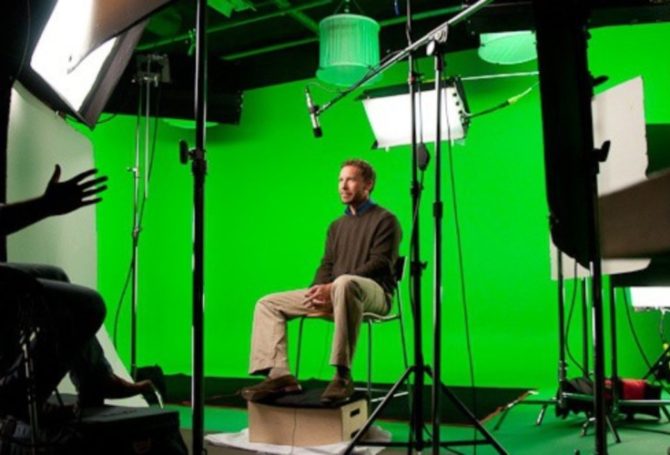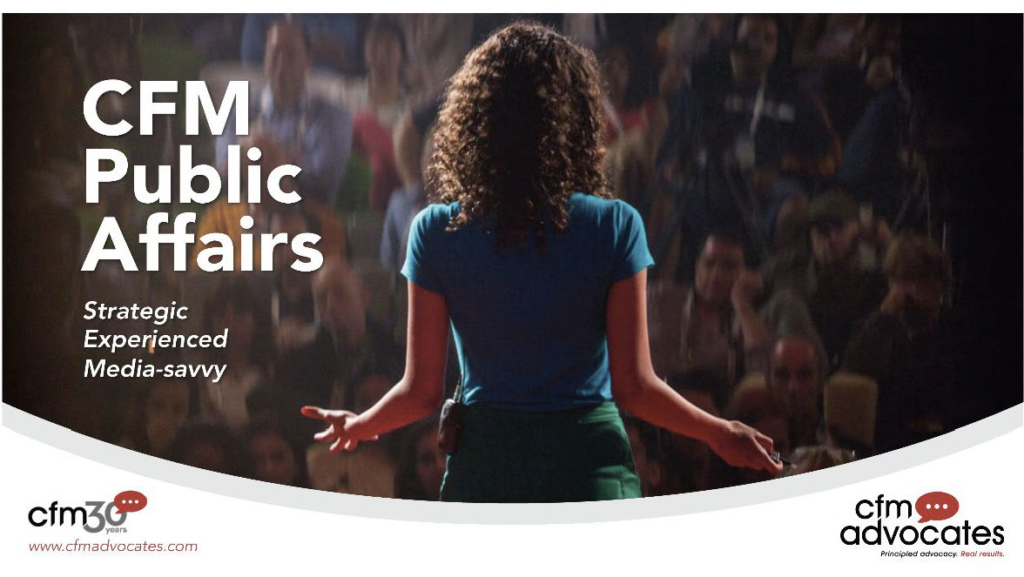
Oral histories and storytelling may be the new thing you need to enliven your content for both internal and external audiences on an intranet, website or social media.
Oral history can link the background of an organization, its purpose and its founders to the present. Personal stories told orally can make an organization relatable and approachable. Both can add variety to the content mix of an organization.
A good story doesn’t always need a storied past to be interesting. All you really need is curiosity and a good microphone.
Oral history is the oldest form of person-to-person history. Digital technology makes oral history cool for contemporary audiences who like to listen to engaging, informative stories while driving or performing chores while listening to a home speaker.
Like any form of storytelling, oral history subject matter must be interesting and absorbing. Good presentation value helps. What’s appealing about oral history and storytelling is that everyone has a history or story to tell. Every listener does, too, so the format is a good match. Most people are curious about how organizations started and matured as well as the people who made them successful. By relating their history in human terms, organizations add layers of depth to their brand identity.
Telling the story of your history doesn’t require footnotes or excessive detail, just facts, recollections and distinctive details that are authentic, relevant and meaningful to potential listeners. A good story doesn’t always need a storied past to be interesting.
Good examples of oral storytelling can be found at storycorps.org, an independent nonprofit that honors and celebrates the stories of people’s lives. Its mission “to preserve and share humanity’s stories to build connections between people from all backgrounds and beliefs and create a more just and compassionate world” is a great description of why oral history and storytelling can be compelling content.

StoryCorps offers a masterclass on how to disseminate oral storytelling that includes a website, YouTube channel, newsletter, blog, special events, weekly exposure on NPR and sharing on social media. StoryCorps also has created animations of some of the thousands of stories told on its platform. One of its website sections is aptly titled, “Memories that move us forward”.
A practical dimension or oral storytelling is that it doesn’t require as much set-up as video content. You need a good microphone, a quiet space and quality recording equipment. Audio content is equally demanding as video content in terms of strategic thinking and production value. Organizations aren’t holding an open mic; they seek out interesting stories, record them and edit for peak listener appeal. A photo booth picture of the storyteller or storytellers is a nice added touch. Providing a CD to storytellers as a thank you is nice, too.
Content marketing plans can benefit from the addition of oral history and storytelling. Many content managers are turning from volume to quality. One of the most valuable content options is immersive storytelling, either in video or audio formats. The reason is simple: Stories attract clicks and hold attention longer. Stories can be so absorbing that listeners make a point of going to their source and listening to them again. Stories shared on social media can spread them to places that direct marketing might never reach, turning listeners into a marketing army.
Don’t overlook that everybody is a historian. Workers, customers and stakeholders have history that can be turned into touching, funny or memorable stories, without paying talent fees or fumbling to find a connection to an organization. All you really need is curiosity and a good microphone.




